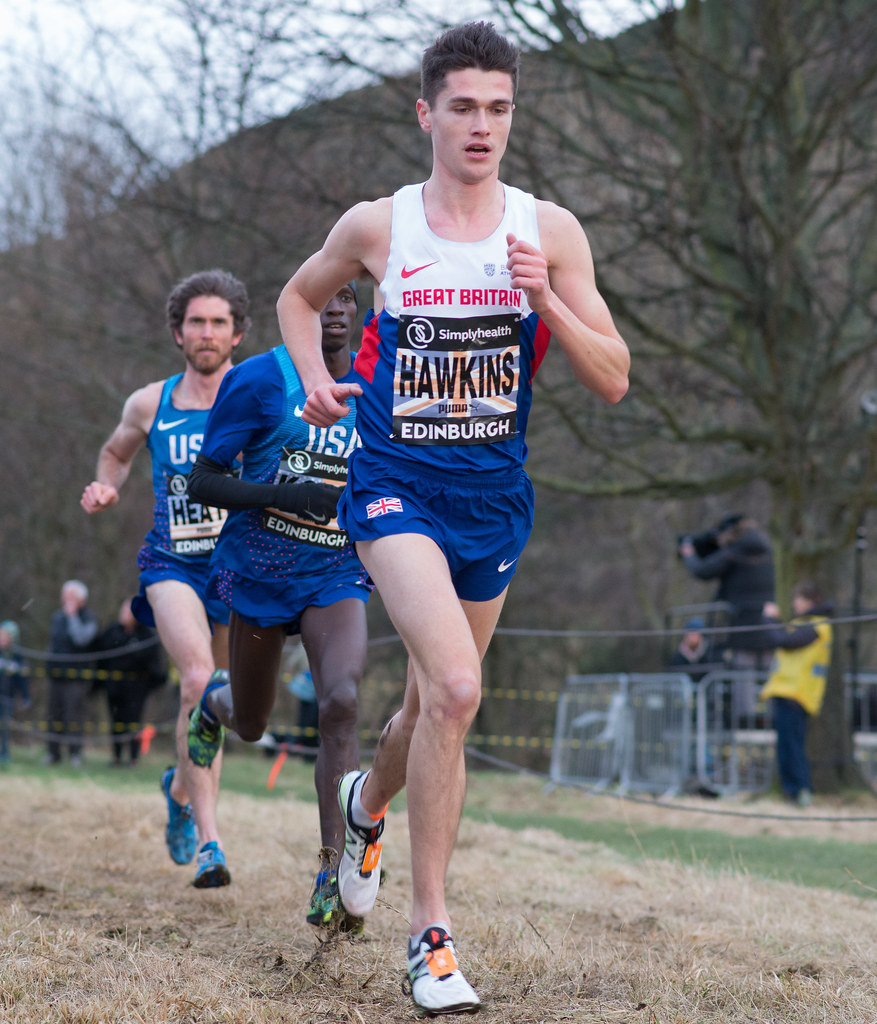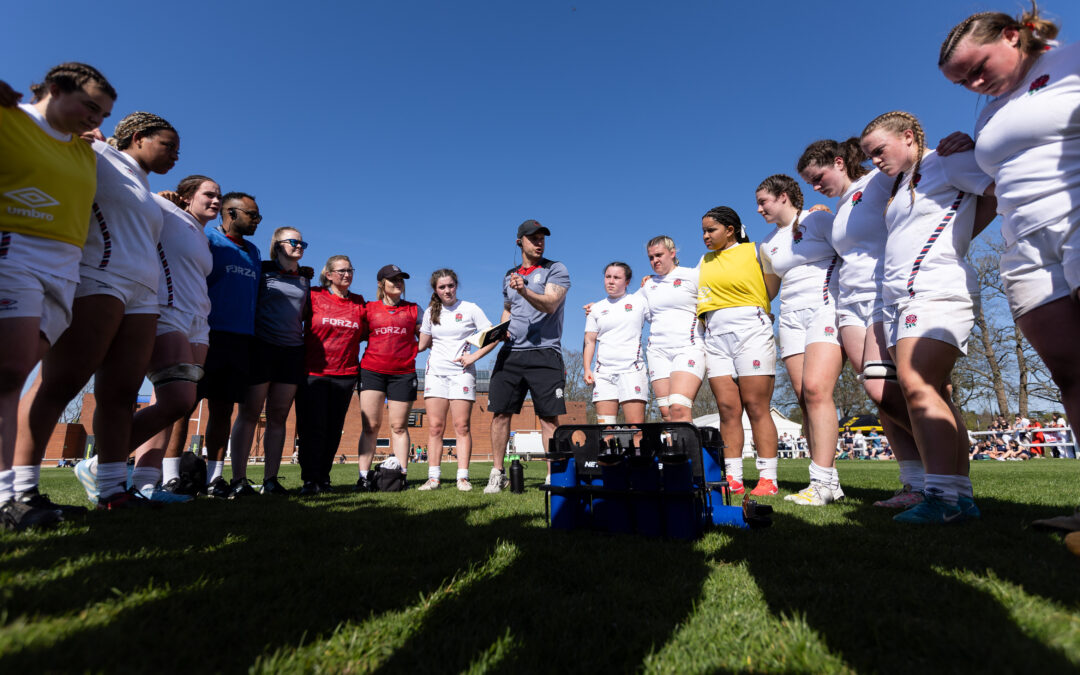It’s getting hot in here! Sidelines hears from expert Dr Steve Mears about why athletes use heat training and how to do it safely.
Exercising in 40-degree heat sounds like punishment. For elite athletes, it’s preparation.
From the 2020 Olympics in Tokyo to the 2022 World Cup in Qatar, heat has become one of the most demanding and dangerous factors in modern sport. To adapt, athletes are turning to techniques like heat training to give themselves an edge – but why is it important?


Dr Steve Mears is a senior lecturer at Loughborough University and has spent over a decade studying hydration, fuel use, and how athletes adapt to exercising in the heat. He explains the effects and why preparing using heat training is essential.
“When you exercise in the heat, you sweat more because that is your predominant way of cooling the body,” he says. “So if we then become more dehydrated, we sweat more and therefore have more implications on performance, health and everything else.”
That’s where heat training camps come in, designed to help athletes adapt to the high temperatures and mitigate their impact on performance. Benefits can be seen within 5 to 14 days, but how does it actually work?
Dr Mears says athletes will travel to a warm destination – often at altitude – to do heat acclimatisation work. This doesn’t just help them get used to the heat in a simple sense, but actually leads to biological adaptations.
“You get an increase in plasma volume, which is the water component in the blood. In around five days you see this expansion of the blood in the plasma aspect, which allows you to be able to defend your blood volume a little bit more when exercising.
“When you sweat, you lose fluid from the blood, [and] if less blood is going around the body in a heartbeat, you need more.”
By expanding plasma volume, the body can maintain performance with less strain on the heart, with other benefits including a lower heart rate and greater sweat rate, and even a slight drop in core temperature.
“Exercise capacity will also increase and you’ll be comfortable in the heat,” Dr Mears says.
What if travel isn’t on the cards? Loughborough has environmental chambers that can simulate conditions up to 40°C. Inside, athletes run or cycle while researchers monitor sweat loss, kidney function, and how the body holds up under pressure. However, that’s not accessible to everyone either.
Dr Mears says some athletes get creative if expensive training camps or high-tech heat chambers are out of reach – such as by cycling in a conservatory or a room with heaters on, or even putting kettles on to create humidity. However, one effect that cannot be replicated in your living room is altitude training, where the reduced oxygen adds another layer of stress.
“Altitude training specifically is really beneficial for endurance athletes because you create a stress on the body and basically stimulate production of red blood cells, and they are the primary oxygen carriers,” Dr Mears explains.
But whether athletes are trying to adapt to high altitude or high temperatures, one vital factor remains the same: hydration.
“We look at hydration during exercise and also hydration as a recovery tool,” Dr Mears says. “It is very rare that people drink sufficient amounts that they replace all the fluids they lose when they sweat.”
“Plenty of studies have shown that when you lose about 2% of your body mass through sweating… performance will drop off,” he says. “If you go up to 3-4%, it gets worse.”
However, it isn’t just as simple as drinking as much as possible, which Dr Mears stresses can also be detrimental. Drinking too much can lead to exercise-associated hyponatremia, where the athlete drinks more fluid than the kidneys can excrete, diluting the level of sodium in the blood. This can even lead to death.
The answer is therefore not extreme over-hydration, but a balanced approach: “Try and prevent that 2% body mass loss, that is really important.”
That balance also means making sure athletes don’t push their heat training too far.
“If you get too hot, you can risk getting an exertional heat stroke,” Dr Mears says. “When your core body temperature goes too high, if that’s not cooled really quickly, then it can result in death.”
It’s important to build tolerance against the heat at a steady pace.“It is not a case of doing the heaviest, hardest session, longest run.”
“(It’s about) building up that acclimatisation, so you have some protective measure.”
“Getting the fluids in, in terms of hydration, carbohydrates in to fill the muscle stores up with fuel, protein to help repair and regeneration after the muscle damage.”
The line between heat adaptation and heat-related danger is razor-thin. Push too far, and what builds resilience can just as easily break the body.
“Typically, players will suffer from cramps on a lower level,” Dr Mears says. “Decision making will be affected. Physical skill will be affected.”
At the extreme end of the spectrum? “Collapse, which is part of the exertional heat stroke process.”
It’s important for athletes to know their limits when it comes to heat, with tolerances varying. Dr Mears says one paper from the Cycling World Championships showed core temperatures of above 40 degrees in athletes who medalled – but this isn’t safe for everyone.
In the 2018 Commonwealth Games on Australia’s Gold Coast, Scottish marathon runner Callum Hawkins collapsed just over a mile from the end of the race. The BBC reported that he initially refused medical treatment for fear he would be disqualified.

Pulling athletes off the track or the pitch is harder than it looks with many sportspeople eager to go for gold or help the team, but Dr Mears emphasises that their safety must come first.
“I think it’s if there’s signs and symptoms and you’re in a setting where there’s a big duty of care for the athlete, then it is a case of if they’re in danger, stopping them.”
Ultimately, it’s about preparation, not punishment. “If any athlete is going anywhere that is ever slightly warmer than what it is, then any sort of heat acclimation will be beneficial,” Dr Mears says.
For those chasing marginal gains in extreme conditions, learning to handle the heat could be the difference between falling short and finishing strong.
Sidelines Recommends

Why the mind matters in overcoming injury
The treatment room is only one part of the return from injury. Dr Carl Bescoby explains how he helps athletes heal their minds.

Planting the seeds of the Red Roses: England Women’s rugby development
Ahead of the 2025 Women’s Rugby World Cup, England U18s Head Coach James Cooper tells Sidelines how he develops players for international glory.

Leaps of faith: the world of elite cliff diving
From the circus to Red Bull’s World Series Cliff Diving competition, Stéphane Lapointe takes Sidelines into the world of elite cliff diving.




